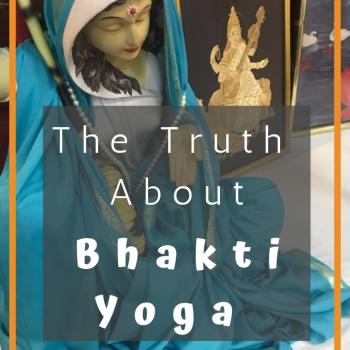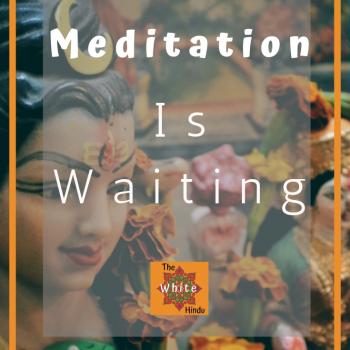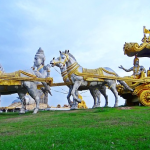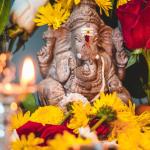You’ve seen it, you’ve heard it. People say Om in yoga class, or when making fun of bohemian hippie types. There are puns and you can get an Om symbol emblazoned on anything. Anything at all. But what does OM really mean?
It isn’t a word per say. It is a sound and a symbol that represent the vibration of the entire universe.
This is what the symbol looks like (not counting the circle):
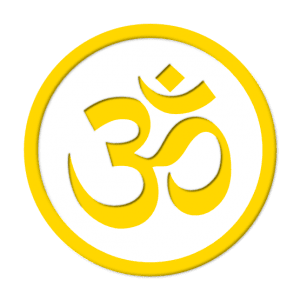
Om is sometimes written Ohm or Aum. It actually comes from three letters put together: Ah-Ooo-Ma (with the -a removed from the final letter). अ उ म Over time these letters became stylized into the symbol we know as Om today. It is pronounced like “Home” without the “H” (which is why you can get t-shirts and bumper stickers that say Ganesha Is My Om Boy!)
Here is a graphic showing how the pieces came together. (A dot above the line is often how a nasal sound is written in Sanskrit, particularly at the end of a word)

If you are familiar with Christian symbology you may know that God is sometimes called the Alpha and Omega. That refers to the first and last letters of the Greek alphabet and so it is a way of saying that God is all encompassing. The same thing is true of Om. As you chant an Ah into an Ooo into an Mmm, you go through all the sounds of creation. Or so they say.
The three sounds represent the past, present, and future as well as many other sets of three. The beginning, middle, and end. The three gunas. The three worlds (subtle, physical, causal)
Om is said to be the very first sound of creation and it is thought to resonate throughout the world on a subtle level.
Sounding it is used for centering, for honoring the divine, for tuning ourselves to the universe. There is no symbol more sacred and it is universal to all Hindus. (It’s not often I feel confident to make such a bold claim!)
It can be used as a mantra in meditation. Not just for Hindus, but also for Buddhists, Sikhs, and Jains. It appears often at the beginning and end of sacred texts or prayers. Most Vedic prayers end with “Om Shanti, Shanti, Shanti”, which is “Om Peace, Peace, Peace.”
Om is sometimes thought of as a seed. A small sound that contains vast life within it.
This article says that the Ah represents the launch of creation, the Oo represents the maintenance of the world, the Ma represents transformation and there is a fourth aspect: silence and vibration, which represents pure consciousness, Self, and God.
You will also find Om all around East Asia. Tibetan has its own way of representing Om. It looks like this:
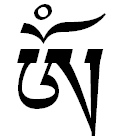
It also exists in Cambodia, Thailand, and China, according to Wikipedia.
So it is very difficult to say exactly what Om means. It is a small syllable with a meaning too large to translate. It encapsulates all of Hindu philosophy. And it goes even beyond Hinduism as the sound that you will find at the center of creation. This world has a vibration and Om is the best human approximation of that vibrational energy.
New to this blog? Check out these posts:
Why Am I Called “The White Hindu”?
—-
Thank you to my wonderful Patreon supporters…
Brian Hanechak
Amit Agarwal
Don Moir
(views expressed here are mine alone and do not reflect opinions of my supporters. Links within the text may be affiliate links, meaning that if you purchase something I get a small commission for recommending it. I only recommend things I truly believe in)








